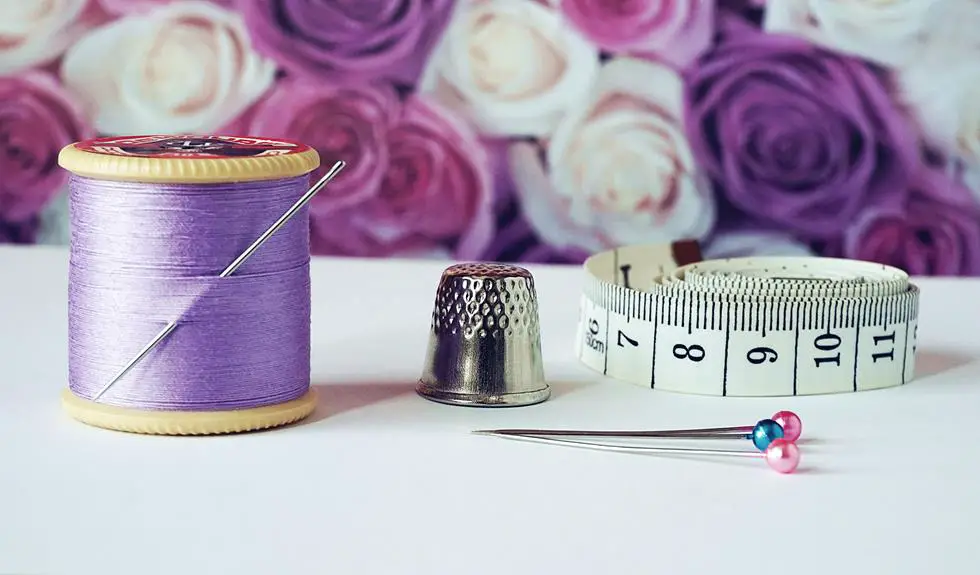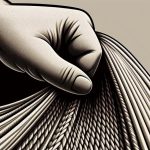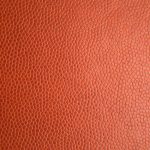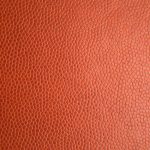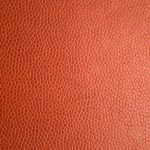When you're working with duck canvas, you'd want to ensure your sewing techniques are up to par for the best results. Using the right needle and thread is just the beginning; proper preparation of the fabric and mastering various stitches can significantly impact the overall durability of your project. Additionally, finishing your edges correctly not only enhances the look but also extends the life of your creation. So, what are the essential techniques you might be overlooking that could make all the difference?
Table of Contents
Choosing the Right Needle
When sewing duck canvas, using the right needle is crucial for achieving clean, durable seams. A size 16 or 18 needle is typically best, as it can handle the thickness and density of the fabric. You'll want to look for a heavy-duty needle, like a jeans or denim needle. These needles have a reinforced shaft and a sharp point, designed to penetrate multiple layers of tough fabrics without causing damage.
Before you start sewing, always thread your machine properly to avoid skipped stitches or breakage. It's also wise to use a needle that's suited for your specific sewing machine, ensuring compatibility. If you're planning to work with multiple layers of duck canvas, consider using a walking foot, which helps to feed the layers smoothly and prevents puckering.
Don't forget to replace the needle after a few projects; dull needles can lead to frustrating problems. Lastly, test your needle choice on a scrap piece of duck canvas to ensure it achieves the results you want. By making the right choice for your needle, you'll set yourself up for success in your duck canvas sewing projects.
Selecting Suitable Thread
Choosing the right thread for sewing duck canvas can make a significant difference in the durability and appearance of your finished project.
First, opt for a heavy-duty polyester thread. It's strong enough to withstand the robust nature of duck canvas, resisting fraying and breaking during use. Cotton thread may look appealing, but it doesn't hold up as well under stress, making polyester your best bet.
Next, consider the thread weight. A medium to heavy weight, such as 40-weight or 30-weight, provides the right balance of strength and flexibility. If you're working with thicker layers, you might go for a heavier weight, but keep in mind that it can make handling more difficult.
You should also pay attention to the thread's color. Choose a shade that matches or complements your canvas, but don't shy away from contrasts if you're aiming for a bold look.
Preparing the Fabric
To prepare duck canvas for your sewing project, start by washing and drying the fabric to pre-shrink it and remove any chemicals or dirt. This step will ensure your finished piece retains its shape and is safe for use, especially if it's for items like bags or outdoor gear.
After washing, lay the fabric flat to check for any frayed edges or imperfections. If you find any, trim them to maintain a clean look. Next, you might want to press the fabric, as this can make cutting more accurate and help in precise measurements.
- Wash and dry the fabric thoroughly.
- Inspect for imperfections and trim any frayed edges.
- Press the fabric to create a smooth working surface.
Following these steps will set a solid foundation for your sewing project. Taking the time to prepare your duck canvas properly ensures that your final product looks professional and lasts a long time.
Mastering Stitch Techniques
Once you've prepared your duck canvas, mastering the right stitch techniques will greatly enhance the durability and appearance of your finished project. The strength of your seams is crucial, especially when working with sturdy fabrics like duck canvas. Using a straight stitch is your go-to option for most seams, but don't overlook the benefits of a zigzag stitch for added flexibility.
Here's a quick reference guide to help you choose the best techniques:
| Stitch Type | Best For | Special Notes |
|---|---|---|
| Straight Stitch | General seams | Simple and effective |
| Zigzag Stitch | Stretch or bias edges | Prevents fraying |
| Double Stitch | Extra strength for heavy use | Great for load-bearing seams |
Make sure to use a heavy-duty needle, typically a size 16 or 18, since it can handle the thickness of the fabric. Additionally, don't forget to adjust your stitch length; longer stitches work best for duck canvas to prevent puckering. By carefully selecting your stitch techniques, you'll ensure that your project not only looks good but is built to last.
Finishing Edges Properly
Finishing edges properly ensures your duck canvas projects not only look polished but also resist fraying over time. By using the right techniques, you enhance the durability and aesthetics of your creations.
- Overlocking: This technique uses a serger to encase the fabric edges with thread, preventing fraying effectively.
- Bias Binding: Attaching bias tape along the edges gives a clean finish while adding a decorative touch to your project.
- French Seam: For a strong and tidy finish, sew the seam allowance twice, enclosing the raw edges inside.
Frequently Asked Questions
Can I Wash Duck Canvas in a Washing Machine?
Yes, you can wash duck canvas in a washing machine, but it's best to use a gentle cycle and cold water. Always check the care label first, and air-dry it to maintain its integrity.
What Is the Best Way to Store Duck Canvas Fabric?
To store duck canvas fabric, roll it up to prevent creases, and keep it in a cool, dry place. Avoid direct sunlight and moisture, so it stays in great condition for your projects.
Is Duck Canvas Waterproof or Water-Resistant?
Duck canvas isn't completely waterproof, but it's generally water-resistant. This means that while it can repel some moisture, you shouldn't rely on it for heavy rain or prolonged exposure to water without additional treatment.
How Do I Remove Wrinkles From Duck Canvas?
To remove wrinkles from duck canvas, you can lightly steam it or use a warm iron on the cotton setting. Make sure to test a small area first, so you don't damage the fabric.
Can I Use Duck Canvas for Outdoor Projects?
Yes, you can definitely use duck canvas for outdoor projects. Its durable, water-resistant properties make it ideal for items like tents, awnings, and outdoor furniture covers. Just ensure you treat it for added weather protection.
- Does Gore-Tex Get Moldy if Stored Improperly? - July 2, 2025
- Does Gore-Tex Fabric Crease Easily? - July 2, 2025
- Does Gore-Tex Actually Keep Feet Dry in Winter? - July 2, 2025

